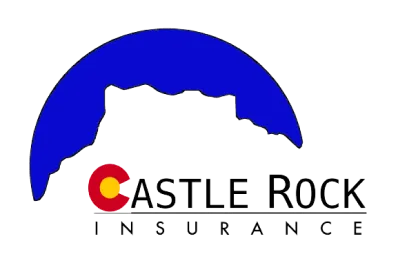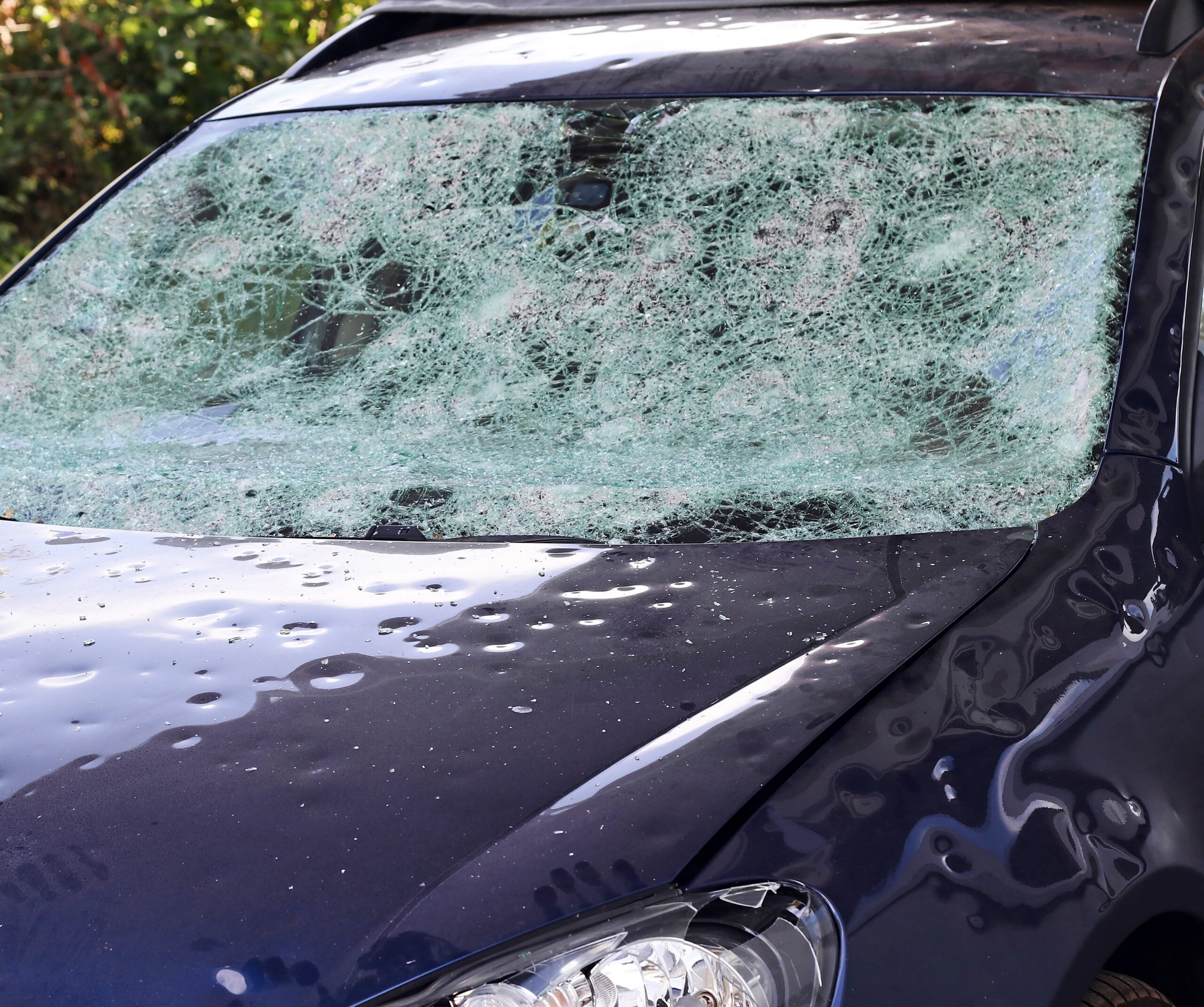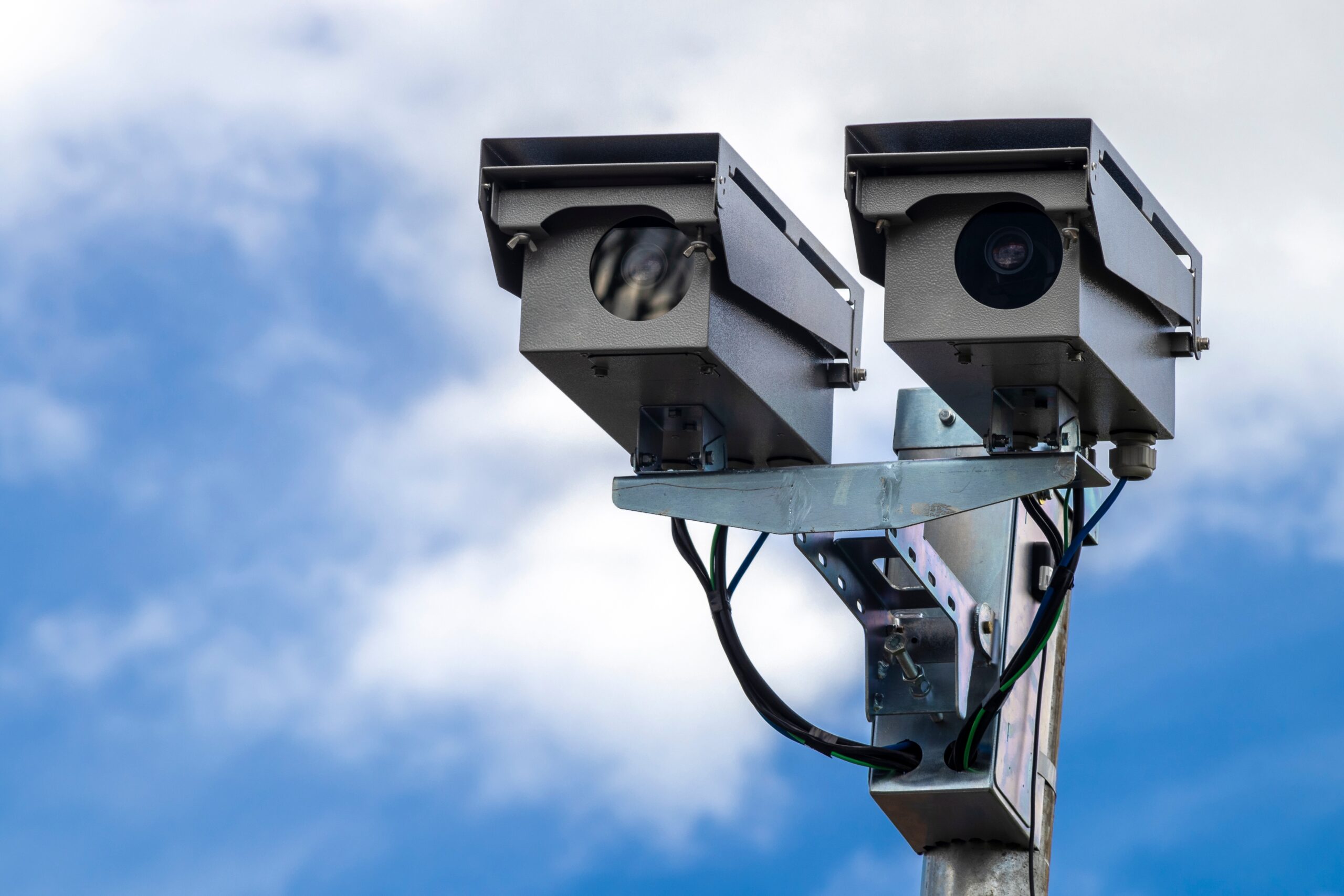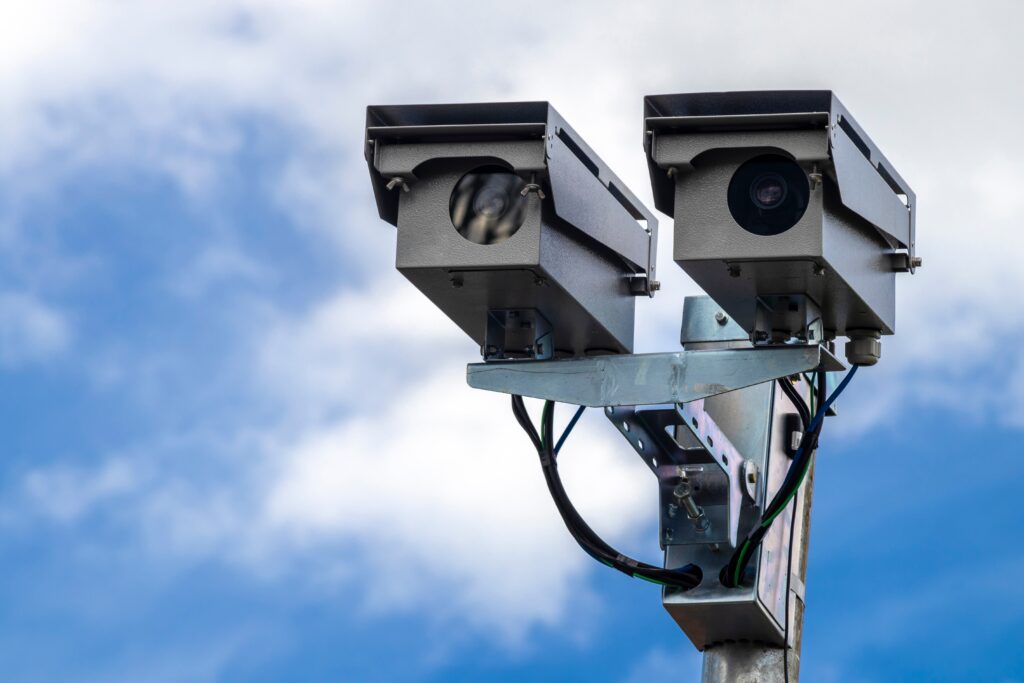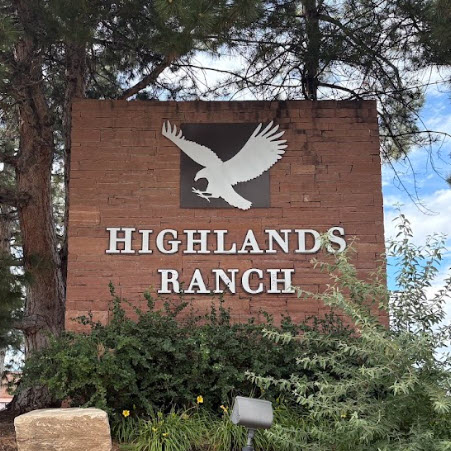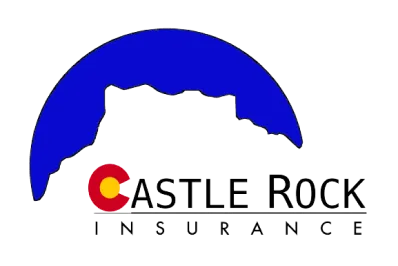Colorado was hammered by a series of hailstorms in early June, with the most severe arriving before dawn on June 17, 2025. Large hail, some up to 4 inches in diameter, pelted towns like Milliken, Johnstown, Eaton, and Wellington. Many residents woke up to shattered windshields, broken windows, and damaged roofs. The pre-dawn timing caught a lot of people by surprise. Photos shared online showed giant hailstones next to soda cans and lighters, making it clear how intense this storm really was. Flooded streets and scattered debris kept emergency crews busy all across northern Colorado.
Then on June 25, 2025, a separate storm hit Aurora especially hard. Cleanup crews spent days hauling away more than 170 tons of hail that piled up in streets and clogged drains. The sheer volume of ice required heavy machinery to remove and took several days to melt completely.
Weather experts say Colorado’s hail season is growing more intense each year. On both June 17 and June 25, the National Weather Service issued severe thunderstorm warnings and advised people to stay alert for damaging hail. Researchers at CU Boulder are studying these trends through a project called ICECHIP to improve forecasting. Meanwhile, towns like Johnstown and Milliken continue to assess damage that could end up costing tens of millions. Insurance companies are already preparing for a surge in claims, which could lead to higher premiums for many homeowners.
Why Hail Hits Colorado So Often
Colorado’s geography plays a big role in why hailstorms are so common and often so intense. The state sits at the base of the Rocky Mountains where warm air from the plains meets cooler, drier air from higher elevations. This clash creates strong updrafts, which help hailstones form and grow. Once the stones get too heavy to stay suspended, they fall quickly and often reach the ground while still large and solid. This setup makes the Front Range one of the most hail-prone areas in the country.
Hail season in Colorado usually runs from mid-April to mid-September, with June being the most active month. It is not uncommon to have several severe storms roll through in a single week. According to the Rocky Mountain Insurance Information Association, Colorado ranks second only to Texas for hail-related insurance claims. Over the past few years, both the size and frequency of hailstorms have increased. Some researchers believe that warmer temperatures and more moisture in the air may be causing this shift. For homeowners in Colorado, hail has become more than just a summer inconvenience. It is now a major concern that affects everything from roof maintenance to long-term insurance costs.
The Cost of Hail: Cars and Homes Are Feeling the Punch
Hailstorms have become a serious financial strain for many families in Colorado. A major storm in May 2024 caused close to 2 billion dollars in damage across the Denver metro area, damaging thousands of homes and vehicles. It was one of the most expensive hailstorms in state history. In 2017, another massive storm caused around 2.3 billion dollars in insured losses, with more than 160,000 auto claims and over 100,000 homeowner claims filed in just a few weeks. These storms are becoming more common and more destructive every year.
Colorado now ranks among the top states in the country for hail-related losses. On average, the state sees over 90 hail events a year. Damages to homes and vehicles often reach tens of thousands of dollars per household. A single dented vehicle can cost hundreds or even thousands to fix. Roofs, siding, windows, and gutters often need full replacement after major hail. Homeowners insurance premiums in Colorado have climbed more than 50 percent since 2017, and auto insurance rates are rising too. Hail is one of the main reasons for these increases, and as storms keep getting stronger, more families are feeling the impact.
How to Protect Your Property Against Hail Damage
Hailstorms can strike with little warning, but there are several ways to protect your home and vehicle before the damage happens. Your roof is the most exposed part of your home, so using impact-resistant shingles can make a big difference during a severe storm. Hail guards on outdoor HVAC units and storm shutters on windows are also smart upgrades, especially in areas that see frequent storms. Checking your roof regularly for loose shingles or soft spots helps you catch issues early and stay ahead of serious damage.
For your car, the best protection is keeping it under cover. If you don’t have access to a garage, consider a portable carport or a specially designed hail cover. Even a heavy blanket or thick mat can offer some protection in an emergency. When a hail warning is issued, try to move your vehicle into shelter right away and stay off the roads until the storm has passed. Small steps like these can go a long way in preventing dents, broken glass, and expensive repairs.
Getting Insured in Hail Zones
If you live in a hail-prone area of Colorado, having the right insurance in place is one of the smartest things you can do. Hailstorms can cause thousands of dollars in damage in just a few minutes, and without proper coverage, the costs can fall squarely on you. Choosing an independent insurance broker based in Colorado is a great way to find strong protection at a competitive price. Independent brokers can shop across multiple carriers, compare coverage options, and help you understand what your policy actually covers when it comes to hail.
It’s also important to know that frequent claims or repeated storm damage can affect your rates. Insurers often factor in your home’s location, previous claims history, and even your roof type when setting premiums. In areas that see frequent hailstorms, rates can be higher and deductibles may vary. Working with a local broker means you get advice from someone who understands these regional risks and knows how to guide you through smart policy choices. Taking time now to review your coverage can help you avoid bigger problems down the road.
